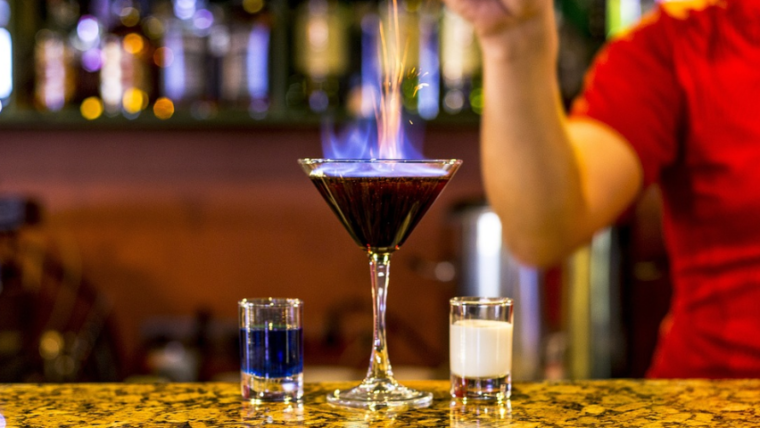Entering the bartending industry can be an exciting venture filled with opportunities to showcase creativity, engage with diverse crowds, and become part of memorable celebrations. However, like any new business endeavor, it comes with its own set of challenges. Reflecting on our journey at Classic Mobile Bartenders, several key obstacles stand out that we faced and ultimately overcame to establish ourselves as a premier bartending service provider.
1. Establishing a Unique Identity
One of the first hurdles we encountered was carving out a unique identity in a saturated market. With numerous bartending services available, standing out required a clear and compelling brand proposition. We focused on offering more than just standard bartending services; we introduced specialized services such as exotic cocktails, cocktail masterclasses, and themed bartending for events like stag and hen’s nights. This diversification allowed us to appeal to a broader audience and create a distinctive brand.
2. Building a Loyal Customer Base
Building a loyal customer base from scratch is a challenge for any new business. Initially, gaining the trust and recognition of clients took considerable effort. We prioritized exceptional customer service, consistently delivering high-quality, personalized experiences at every event. Leveraging word-of-mouth marketing and encouraging satisfied clients to leave reviews and testimonials helped us build credibility and attract new customers.
3. Managing Operational Logistics
The logistics of mobile bartending posed a significant challenge. Ensuring timely delivery of bar equipment, managing inventory, and maintaining the quality of perishable ingredients required meticulous planning and coordination. We invested in reliable transportation, streamlined our inventory management processes, and developed a robust system for tracking and replenishing supplies. This operational efficiency allowed us to meet our clients’ needs seamlessly.
4. Navigating Regulatory Requirements
The bartending industry is subject to various regulatory requirements, including licensing, permits, and adherence to health and safety standards. Navigating these regulations was initially daunting. We took the time to thoroughly understand the legal landscape, ensuring all our operations complied with local laws. Building strong relationships with regulatory bodies and staying updated on any changes in legislation became a priority, helping us avoid potential legal issues and operate smoothly.
5. Recruiting and Training Skilled Staff
Finding and retaining skilled bartenders who share our vision and commitment to excellence was another challenge. We implemented a rigorous recruitment process, seeking individuals with not only technical skills but also a passion for customer service. Comprehensive training programs were developed to ensure our bartenders were well-versed in our service standards, cocktail recipes, and safety protocols. Investing in our team’s growth and fostering a positive work environment has been crucial in maintaining a high-quality service.
6. Adapting to Market Trends
The bartending industry is dynamic, with trends and customer preferences constantly evolving. Staying ahead of these trends required continuous learning and innovation. We made it a point to attend industry conferences, participate in workshops, and engage with other professionals to stay updated on the latest trends in mixology, event planning, and customer service. This proactive approach enabled us to adapt quickly and offer fresh, exciting experiences to our clients.
7. Marketing and Brand Awareness
Effectively marketing our services and building brand awareness was a challenge, especially in the early stages. We explored various marketing channels, including social media, local advertising, and partnerships with event planners and venues. Creating engaging content, showcasing our events, and highlighting client testimonials helped us build a strong online presence. Over time, our consistent and targeted marketing efforts paid off, increasing our visibility and attracting a steady stream of clients.
Conclusion
Entering the bartending space presented numerous challenges, from establishing a unique identity to managing logistics and navigating regulatory requirements. Through dedication, strategic planning, and a commitment to excellence, we overcame these obstacles and built Classic Mobile Bartenders into a trusted and sought-after service provider. Our journey underscores the importance of resilience, continuous learning, and a customer-centric approach in achieving success in the competitive bartending industry.



